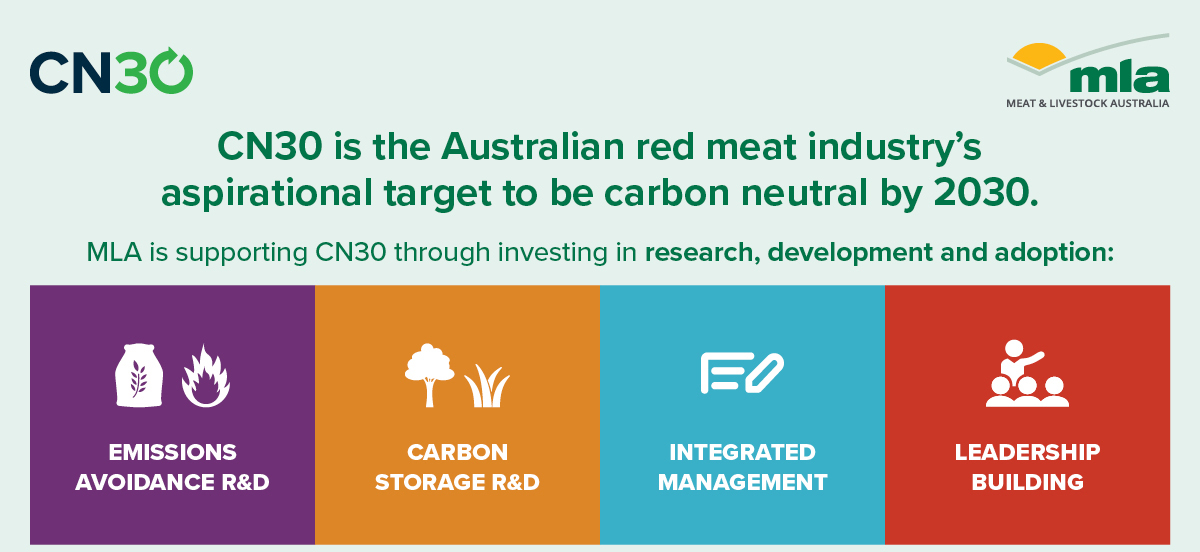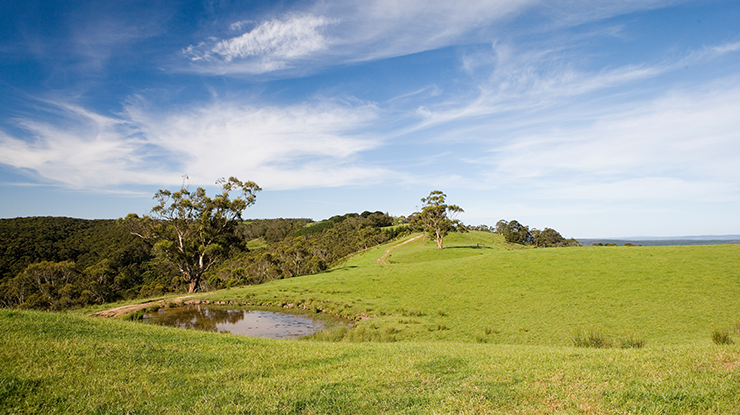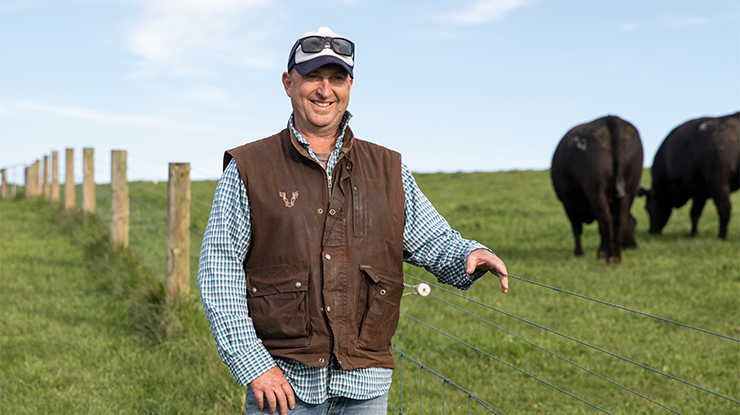
CN30: your questions answered
MLA has compiled FAQs around the red meat industry’s ambition to be carbon neutral by 2030 (CN30).
Stay informed with the latest red meat and livestock industry news, events, research and marketing.
The Australian red meat and livestock industry has set the ambitious target to be Carbon Neutral by 2030 (CN30).
This target means that by 2030, Australian beef, lamb and goat production, including lot feeding and meat processing, will make no net release of greenhouse gas (GHG) emissions into the atmosphere.
With a commitment from all of industry, the right policy settings and ongoing research investment, the Australian red meat industry can be at the forefront of carbon neutrality.
The CN30 target sends a clear signal to government and consumers that the red meat and livestock industry is proactively addressing emissions and taking action to improve long-term productivity while striving to deliver zero net emissions.
Staying ahead of current and future consumer, customer and community expectations regarding environmental credentials allows red meat producers to stamp their mark in a competitive global protein market.
Demonstrated commitment to environmental stewardship, through initiatives such as CN30, enables ongoing trust and support for the red meat and livestock industry. It underpins Australia’s position as a responsible producer of high value, clean, safe and natural protein.
MLA’s approach to achieving CN30 is focused on delivering multiple benefits to industry, consumers and the community.
Carbon neutrality doesn’t need to come at the cost of livestock numbers.
CSIRO analysis shows it’s possible to achieve CN30 without reducing herd and flock numbers below the rolling 10 year average (25 million cattle, 70 million sheep and 0.5 million goats).
By 2030, producers will be even more attuned to the influence of genetic, environmental, technological and market factors on red meat production, and will be able to:
The red meat and livestock industry currently contributes 11.8% of all of Australia’s GHG emissions – this figure has halved since 2005.
Greenhouse gas emissions from the red meat and livestock industry have fallen by 53.2% since 2005. In addition to emissions, it now takes 68% less water to produce a kilo of beef.
MLA’s Program Manager – Sustainability Innovation, Doug McNicholl shared an update on the CN30 initiative during the 2021 MLA updates: IMPACT webinar series. Watch the recording below.
MLA has developed the following areas of work, to deliver outputs which are required for industry to achieve CN30:

MLA is working on the following tools and technologies for producers to cost‑effectively reduce emissions and boost the value of red meat sales.
MLA has been working to develop a carbon accounting tool so producers can determine their net GHG emissions position, identify strategies to reduce these emissions and improve carbon storage on‑farm.
A carbon accounting training manual (due for release in late 2020) is also being developed to help producers get on the front foot and maintain or improve productivity while reducing emissions.
More than three‑quarters of emissions from enteric fermentation (digestion) are from beef cattle on pasture. Approximately half these emissions are from cows aged more than two years.
This is why MLA and its research partners are investing in new feedbase options and supplements which reduce methane emissions from livestock and improve animal growth rates and reproduction.
Legumes such as leucaena and desmanthus can raise animal productivity, reduce methane emissions and offer additional soil health benefits by fixing nitrogen.
Several supplements have been identified which provide reductions in enteric methane and improvements in animal productivity, including the following:
MLA has compiled FAQs around the red meat industry’s ambition to be carbon neutral by 2030 (CN30).
Our roadmap provides a framework for MLA’s CN30 activities.
Here are 10 ways to be on the front foot towards carbon neutrality.
A recipe to improve productivity and carbon neutrality.
Two years of drought coupled with a bushfire hasn't impacted Wilmot Cattle Company's soil carbon journey.
Adam and Jacynta Coffey are not interested in carbon sequestration to make a quick buck on their central Queensland property.
Producer Peter Star is turning-off cattle sooner by using genetics and improving pastures to provide a long-term feed supply.
Lamb producer Nathan Simpson (pictured) is driving his carbon neutral brand by digitally tracking livestock and focusing on animals that reach target weights quickly to provide full provenance.
Find out how producer Bruce Wood has trebled production in 10 years using rotational grazing and the pasture growth curve to maximise feed efficiency.








